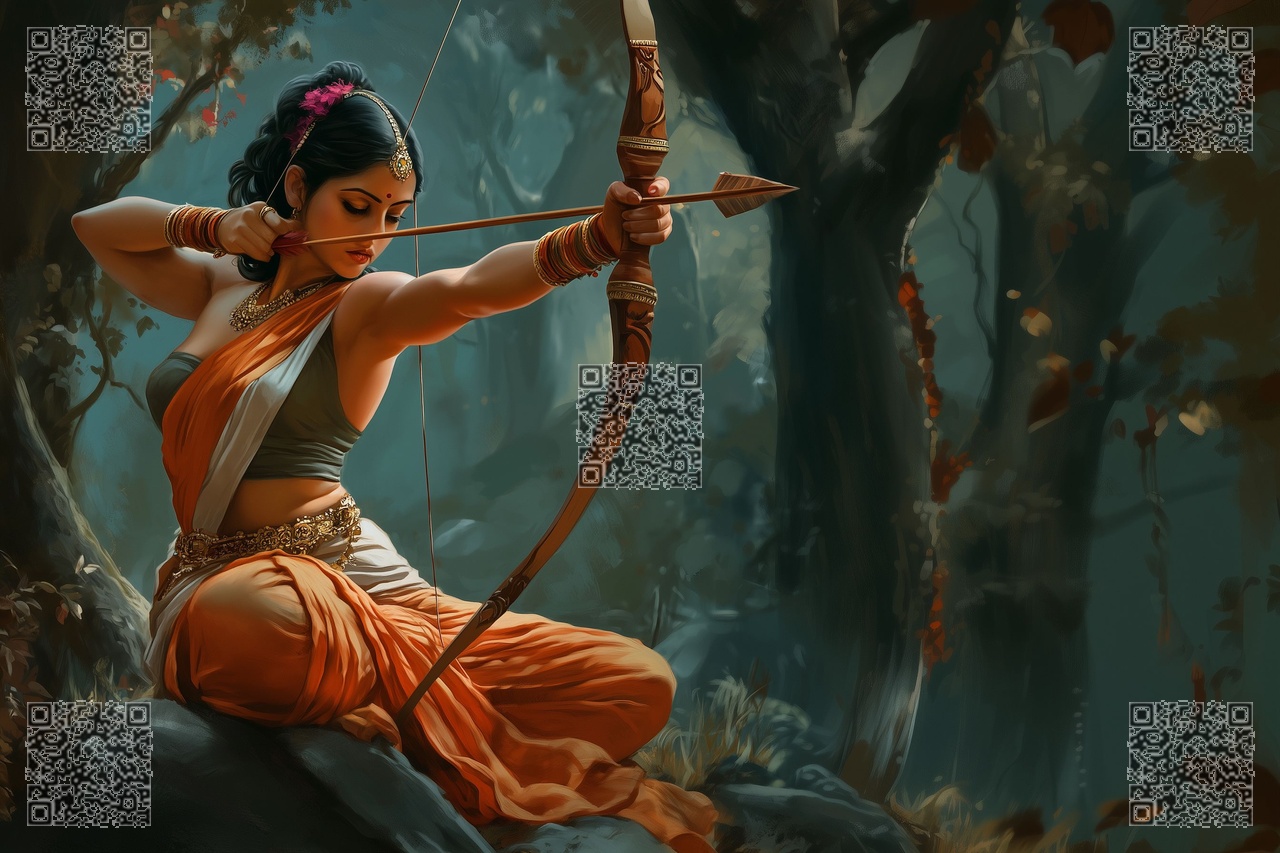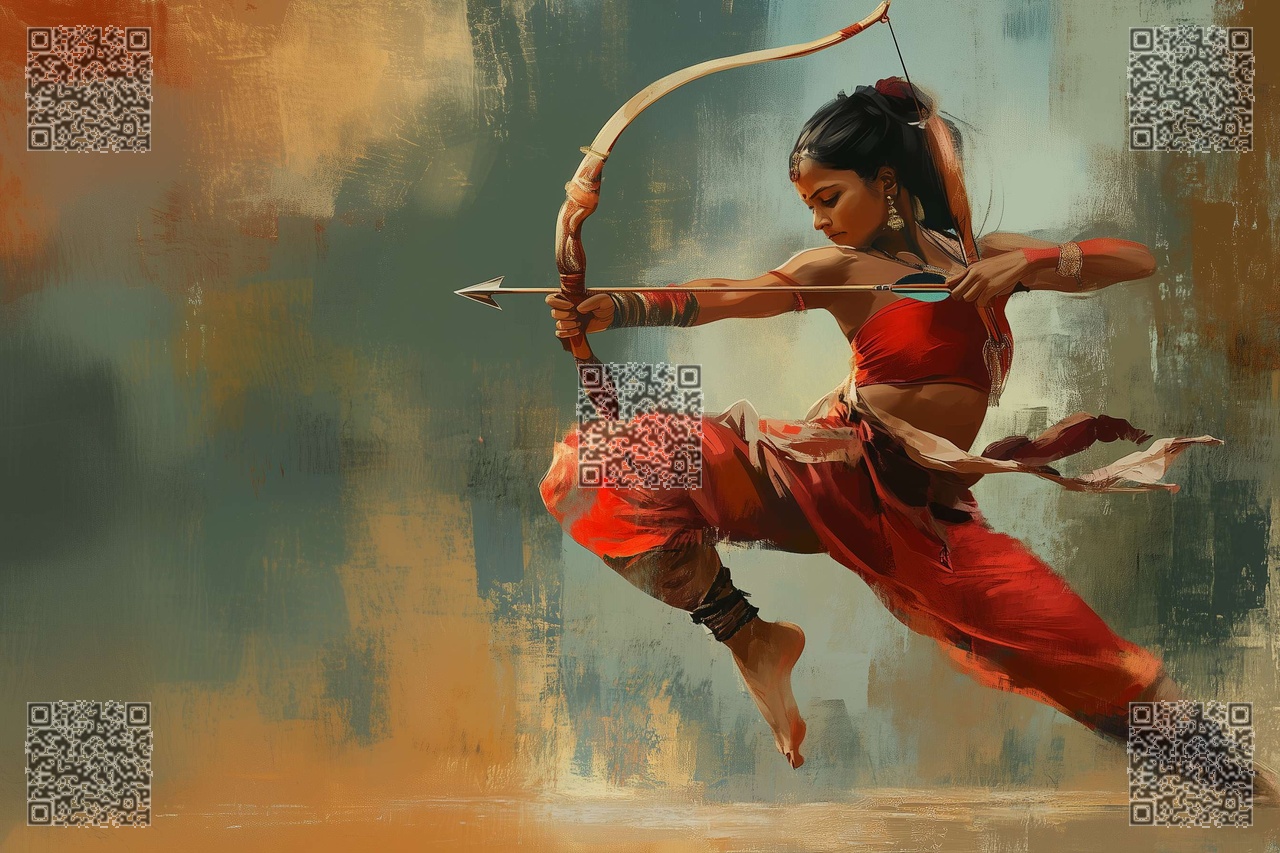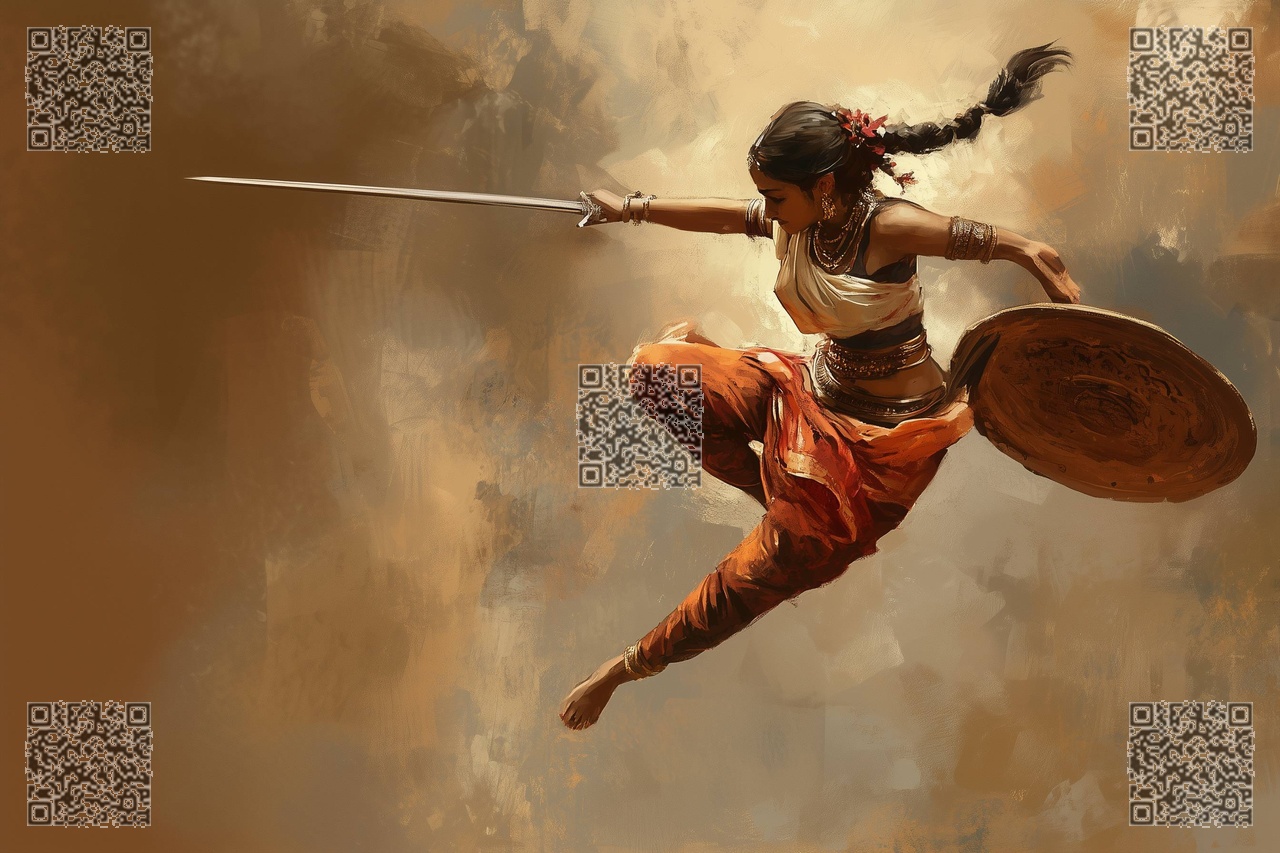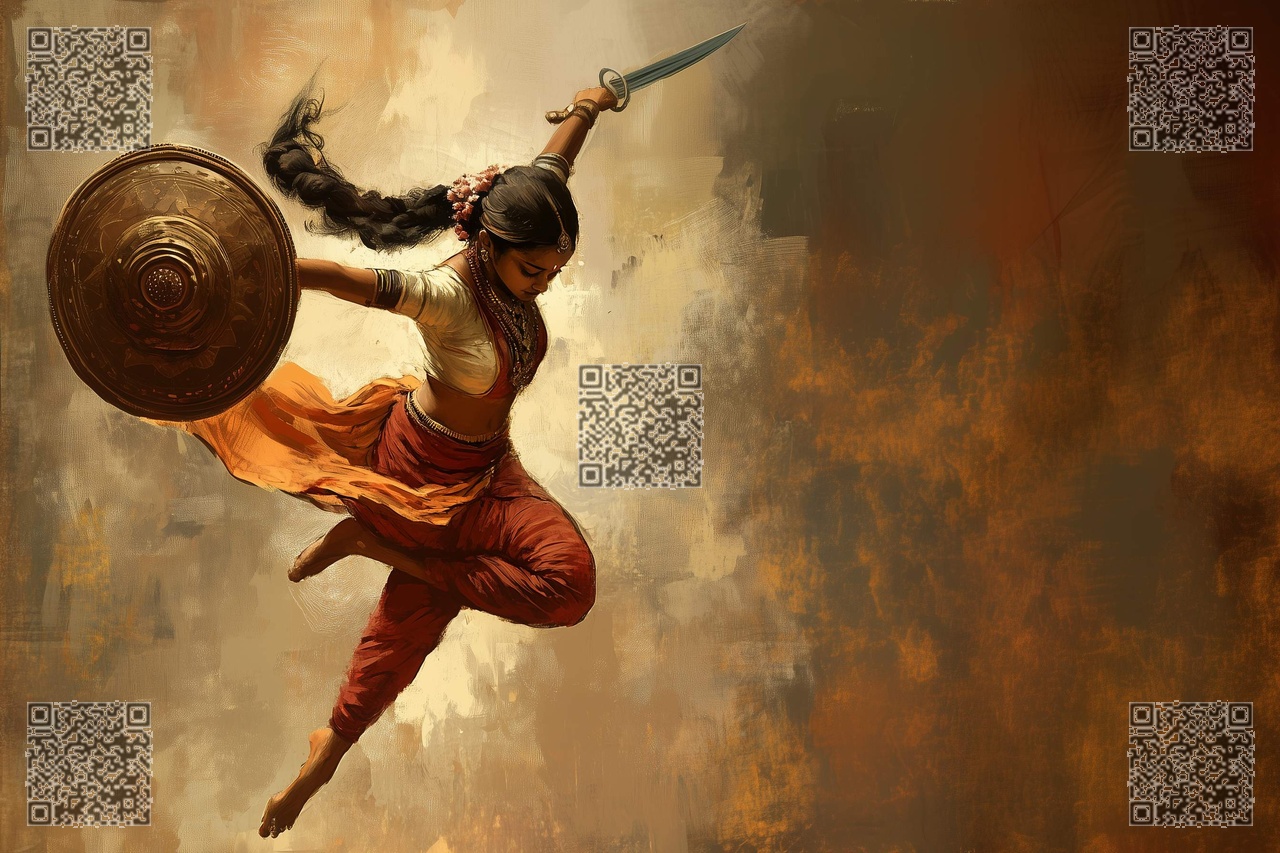Thulunadan Kalari is a lesser-known but highly distinctive form of Kalari Payattu that originates from the Tulu Nadu region, which lies between northern Kerala and southern Karnataka. While Kerala is home to the widely recognized Vadakkan (Northern) and Thekkan (Southern) Kalari styles, Thulunadan Kalari brings its own unique set of techniques, traditions, and philosophies that differentiate it from other Kalari forms practiced in Kerala. Below are some of the specialities that make Thulunadan Kalari distinct:
Emphasis on Combat Practicality
Thulunadan Kalari is known for its pragmatic and battlefield-oriented techniques. While traditional Kalari Payattu often emphasizes a balance between aesthetic movements and combat readiness, Thulunadan Kalari focuses more on effective and practical self-defense rather than stylized, dance-like movements. The techniques are less elaborate but more direct, efficient, and lethal, designed for real-life combat situations.

Unique Weapon Systems Thulunadan Kalari features a distinct set of weapons that are not always common in other Kalari styles in Kerala. Some key differences include:
Kattari (Dagger): A short, curved dagger that is used for quick, close combat strikes. While daggers are used in Vadakkan and Thekkan Kalari as well, Thulunadan Kalari places a special emphasis on mastering the Kattari, making it a weapon of high skill and precision.

Thol Val (Arm Sword): A short sword that is unique to this style, used for close combat and quick attacks. The Thol Val is handled with extreme precision, allowing the practitioner to block, parry, and strike with one smooth motion.

Curved Wooden Staffs: While wooden staff training is common in other forms of Kalari, Thulunadan Kalari incorporates the use of curved wooden staffs, adding complexity to weapon mastery. The curved staff is harder to wield but allows for more versatile movements and strikes.
Fewer Rituals and More Combat Focus
Thulunadan Kalari is known for having fewer ritualistic elements compared to traditional Kalari styles in Kerala. Traditional Kalari Payattu often includes a strong spiritual and ritualistic component, such as performing prayers to the Kalari deity, invoking blessings, and incorporating healing arts like Marma Chikitsa (pressure-point healing).

While Thulunadan Kalari does not entirely disregard these traditions, it focuses much more on the physical aspects of combat and less on the rituals. The practice is streamlined to be more about survival and combat effectiveness rather than symbolic gestures or ceremonial routines.
Close Combat and Grappling Techniques
One of the most distinguishing features of Thulunadan Kalari is its specialization in close-quarter combat and grappling techniques. Unlike Vadakkan Kalari, which often features large, flowing movements and long-range weapons, Thulunadan Kalari prepares practitioners for close encounters, where grappling, locking, and countering the opponent’s force play a critical role. This makes it highly effective in environments where fighters are in confined spaces, such as battlefields, alleys, or even inside buildings.

The grappling techniques often involve using the opponent’s energy against them, locking their limbs, or neutralizing them with quick joint manipulation. This focus on close-quarter combat sets it apart from the wider, more open stances of traditional Kalaris in Kerala.
Thulunadan Combat Philosophy
The combat philosophy of Thulunadan Kalari centers on minimalism and efficiency. Instead of focusing on elaborate, high-flying techniques or acrobatics, it emphasizes staying grounded and using efficient strikes and defensive maneuvers to subdue opponents. The movements are sharp, to the point, and highly economical, with a focus on delivering maximum damage with minimum movement.

This philosophy also influences the way training is conducted, with practitioners being drilled in reflexive responses that prioritize real-world applicability over form. Instructors encourage students to use their environment creatively during combat, incorporating elements like terrain, objects, and even psychological tactics into their practice.
Geographical and Cultural Influence
Thulunadan Kalari is deeply influenced by the Tulu Nadu region’s geography and culture, which distinguishes it from the Kalari styles of Kerala. The region historically had a rich warrior culture, and combat techniques were designed to be adaptable to hilly, forested areas and coastal terrains. This led to the development of a Kalari style that is adaptable to varied environments, making it unique compared to the more region-specific styles of Kerala.
Additionally, Tulu Nadu’s cultural mix, with influences from Karnataka and the Malabar region, has resulted in a martial art form that integrates elements from both the Dravidian and Aryan traditions of South India. This fusion adds layers of complexity to Thulunadan Kalari, making it a hybrid system that draws from multiple cultural influences.
Warrior Lineage and Secrecy
Thulunadan Kalari is often considered a warrior’s art that was passed down through familial lineages in the Tulu Nadu region. In contrast to the more open and formalized Kalari systems in Kerala, Thulunadan Kalari has traditionally been kept within certain families or clans, leading to a degree of secrecy surrounding its techniques. This has contributed to the perception that it is a “hidden art” within the larger Kalari tradition, known only to a select few practitioners.
Conclusion
Thulunadan Kalari stands apart from Kerala’s more well-known Kalari forms due to its focus on practical combat, unique weapons, close-quarters techniques, and minimalistic philosophy. Its geographical and cultural influences further differentiate it, offering a unique martial system that is highly adaptable and efficient. While it shares some foundational similarities with other forms of Kalari Payattu, its approach to combat, training, and philosophy provides a distinct flavor to the martial arts traditions of South India.



